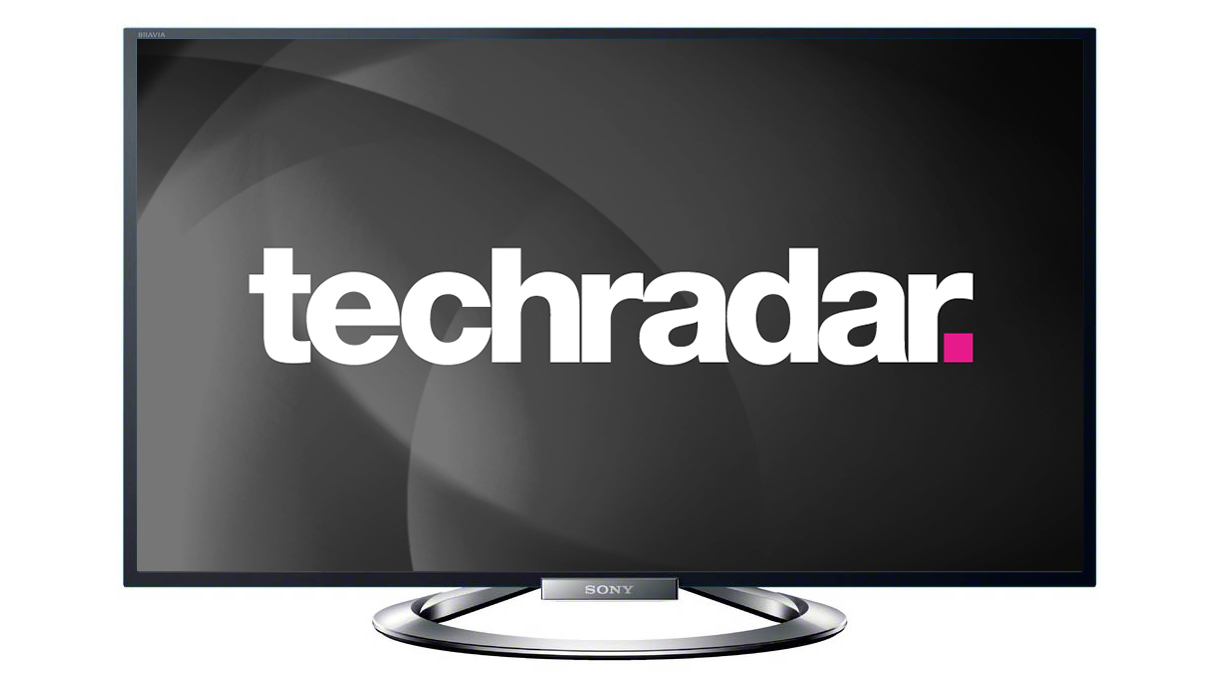Why you can trust TechRadar
It's perhaps inevitable that on a 40-inch TV the highs are somewhat less mind-blowing than on the 55-inch version, but the lows less noticeable. With so much to explore on Sony's flagship TV for 2013 and much of it already carefully considered in our Sony KDL-55W905A review, we'll concentrate on some of the key picture pros and cons of the Sony KDL-40W905A as a standalone TV.
If you're the kind of person who thinks great pictures are more to do with colour than anything else, you'll love this TV. Out of the box it delivers finely graded, nuanced colours from all sources. Detail, too, is terrific. Wisps of smoke during high-definition footage look textured and take on extra depth.
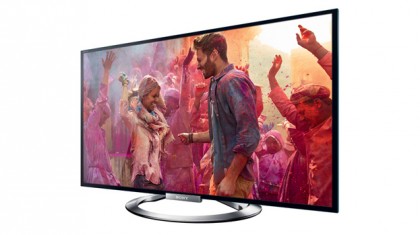
Reality Creation has little use if you're watching a Blu-ray disc, and isn't the key technology it is on the Sony KDL-55W905A. It does improve Freeview channels, but only slightly - the TV's own upscaling is already doing a decent enough job - as viewed on this much smaller 40-inch screen.
After a while considering Motionflow XR 800Hz's baffling choice of seven different settings during Hugo in 2D, we managed to boil it down to some easy advice; go for the Smooth option. It's the most basic setting, but manages to remove all judder from Blu-ray sources without making everything look too video-y.
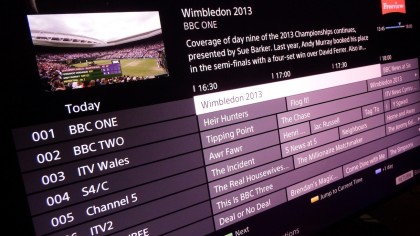
It's almost completely free from any artefacting, with the rips and tears around moving objects that do occur (such as around Papa George's hands as he slaps them on the table after an argument with the hero in Hugo) not as distracting as on similar systems on rival TVs.
It's possibly a size issue. Sony's obviously doing something right to manage Motionflow's key ambitions in the basic Smooth mode, so what are the other choices for? It must be said that without any processing engaged, the panel itself is perhaps the least prone to motion blur issues that any we've seen.
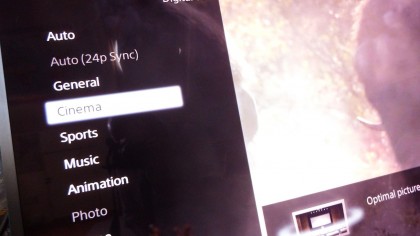
Besides, four of the other Motionflow choices - Clear, Clear Plus, Impulse and Cinema - are not successful at removing the detectable judder, and seem more like drastically different picture presets.
Impulse, for example, introduces a dark, brooding look that tends to kill off shadow detail - but, oddly not judder - while Cinema keeps the picture bright and, err, blurry. Honestly, if you end up choosing the Cinema setting then we'd advise you give Motionflow a miss altogether, since it's not much different to disengaging it completely.
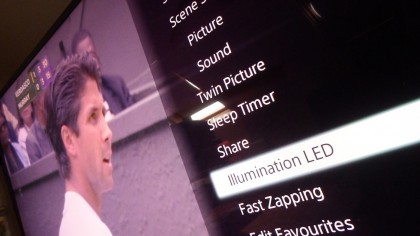
Ultimately, as we got 20 minutes into Hugo on Smooth we'd noticed artefacts about six times, which is fewer than in attempts at frame interpolation from Sony's rival televisions, but frankly a few too many, all the same - this kind of film interpolation needs more processing power before it can take over.
However, it's the terrific local dimming - engaged with LED Dynamic Control on its lowest setting - that gets the loudest cheers on the Sony KDL-40W905A. Here, blacks are deep and intense and suffer little haloing or glare, with mixed brightness scenes thus pitch perfect.
We also didn't notice any kind of LED light leakage from the panel, which is actually pretty unusual even on a high-end TV - it's proper dark even in a blackout. That's not to say that detail in jet black areas of the image couldn't be improved upon.
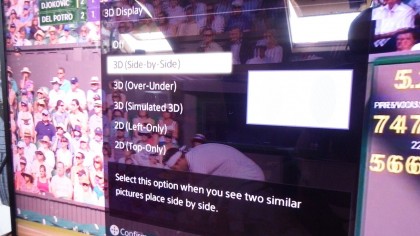
During Hugo the main man walks the corridors of the station alongside black painted walls that tend to merge into one, and it's a similar story with a zoom-in on Hugo's face, where his skin colour is spot on, but the side of his hair in shadow is virtually obliterated. There can also be a slight blueish tinge to black, but now we're being ultra critical.
The Sony KDL-40W905A is perhaps too small to experience the ultimate in immersive 3D, but in our tests with Hugo we didn't notice much crosstalk, while the depth-charged images were in many ways akin to 2D - always bright enough for lively colour while also sporting convincing blacks.
Jamie is a freelance tech, travel and space journalist based in the UK. He’s been writing regularly for Techradar since it was launched in 2008 and also writes regularly for Forbes, The Telegraph, the South China Morning Post, Sky & Telescope and the Sky At Night magazine as well as other Future titles T3, Digital Camera World, All About Space and Space.com. He also edits two of his own websites, TravGear.com and WhenIsTheNextEclipse.com that reflect his obsession with travel gear and solar eclipse travel. He is the author of A Stargazing Program For Beginners (Springer, 2015),
